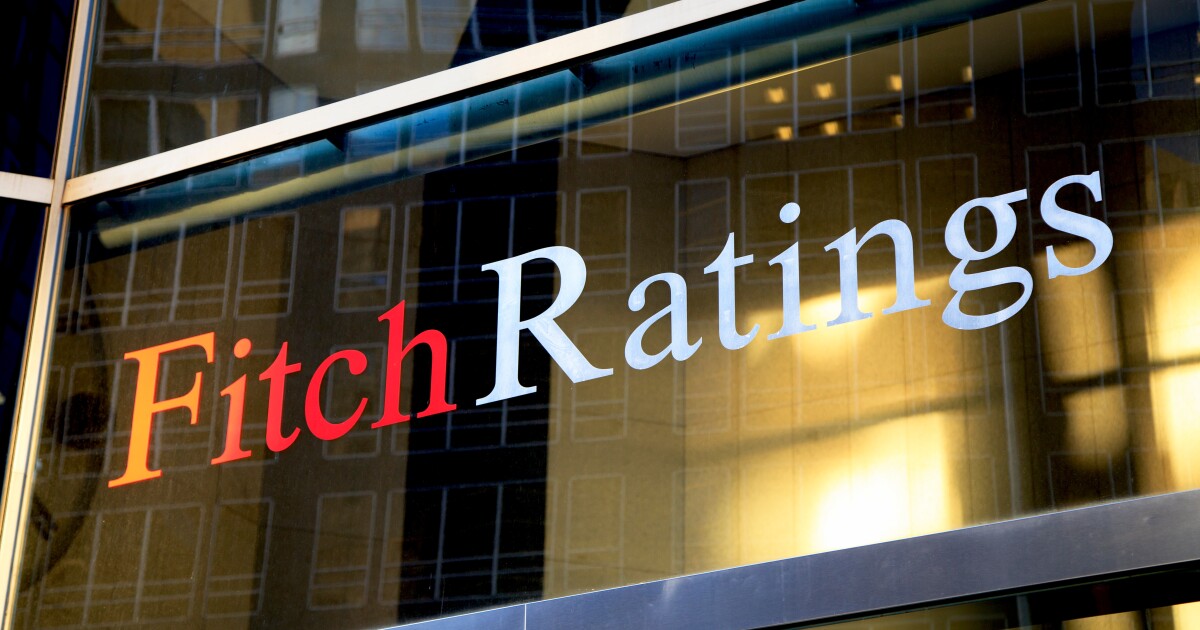
The
Overall expectations of such actions now and for the rest of the year also could result in borrowers on existing loans backed by SHFAs
But the Fed rate cut lowers the yield on housing bonds issued by the SHFAs, reducing their cost to raise capital, the authors of the report, Karen Fitzgerald and Kasia Reed, said in response to a question.
"In turn, the HFAs are able to offer lower mortgage rates to their borrowers and still achieve a spread to the bond rate," the authors said. "It should be noted that the Fed rate cut also impacts the rate on mortgages in the conventional market, meaning HFAs may face more rate competition with conventional lenders."
Yet that might not address the overarching affordability issues affecting the housing market.
In aggregate, the 51 SHFAs reported total loans rising by an average of 10.4% in fiscal 2023 following three years of minimal growth, averaging just 0.2%, the report said.
For that year, their total assets increased by 7.8% and total debt rose 9.8%. An earlier Moody's report noted trends happening in 2023
"Despite pressures from heightened operating expenses and bond rates, HFAs maintained stable net operating revenues and leveraged their strong financial positions to support ongoing affordable housing needs," Fitzgerald, a Fitch senior director, said in a press release. "The trend towards fixed-rate debt issuance over variable-rate debt further highlights their prudent financial management, demonstrating stability and profitability in a fluctuating economic landscape."
Their financial well-being will also benefit from the increased activity last year.
"The return to higher levels of bond financing in FY 2023 should positively affect longer-term equity growth as HFAs hold revenue-producing mortgages on their balance sheets at a spread over bond rates," the report said.
The SHFAs also benefited from an increase in demand for their services for homebuyers as banks tightened their underwriting standards last year in the
HFAs are able to work borrowers
"While lower rates make home purchases more affordable, supply remains an issue and constrains the demand unless more sellers enter the market in a lower rate environment," said Reed. "Additionally, lower rates may begin to increase prepayment speeds under more recent HFA bond programs as homeowners with higher mortgage rates look to refinance at lower rates."



